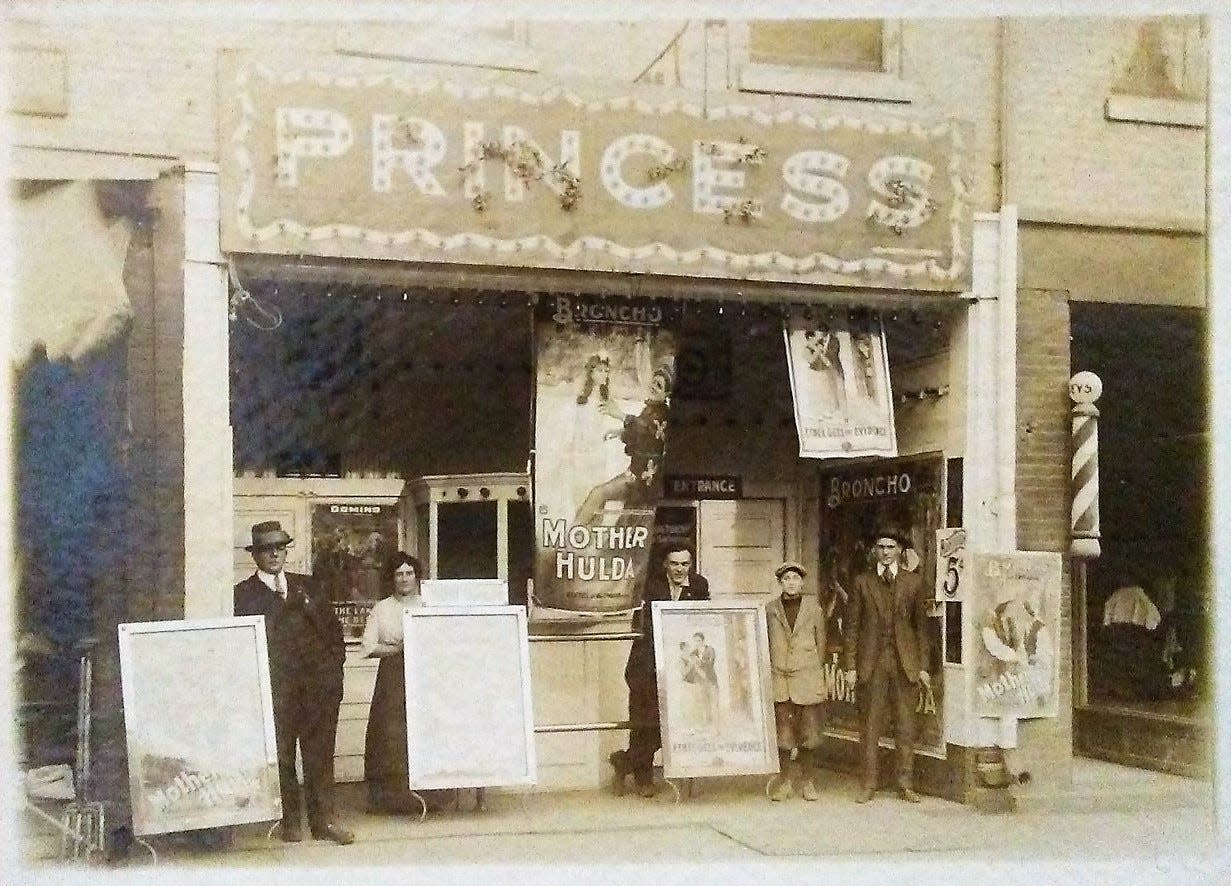ASHLAND MEMORIES: Boosting Ashland, then and now

If you have seen signs touting “Ashland on the rise” or the new illuminated arch over the entrance to downtown, you know Ashland is a thriving city that cares what visitors see when they travel through.
It has been said there is nothing new under the sun, so let’s travel back in time, a hundred years or more, and see what was happening on the same streets.
Ashland enjoyed a lot of economic growth in the first decades of the 20th century. The Cleveland, Southwestern, and Columbus electric railway − commonly known as the streetcar − laid tracks through town in 1907. Three new school buildings were built between 1908 and 1911. The hospital was dedicated in 1912.
More: Perfectly timedAshland Rotary clock dedicated marking 100 years of club's service to community
The Reliable Match Company and Yuncker Bottle both opened in 1903. Faultless Rubber Company opened in 1907 and Eagle Rubber Company followed in 1912. These manufacturers, and others, joined the established F.E. Myers & Brother Company, Kauffman Manufacturing Company, Garber Publishing Company and Hess and Clark as economic powerhouses in Ashland.
Trading a village vibe for the city scene in Ashland
This growth brought with it an increase in population, including many from the height of national immigration that peaked in 1907. The 1910 census showed Ashland had enough residents to achieve city status.
Many Ashland boosters were happy enough to exchange the village vibe for an electrified city scene.
Main Street businesses kept electrician Joe Moyer busy in 1909. In August, he hung a perpendicular 250-pound electric sign 10 feet in length in front of the Ashland Inn at the west end of Main Street. His next job was to erect a similar sign atop the Hotel Otter, just up the street. Both signs not only advertised, but also helped to illuminate the street, lending it a “citified appearance.”
These electric signs joined similar downtown signs on businesses including the Smokehouse, the Princess Theater and Cousins drug store. The notice in the Times said the “fine effect” of these signs gave Ashland a “metropolitan” aspect.
'Ashland, the City of Progress and Prosperity'
The Commercial Club, later known as the Chamber of Commerce, had been formed in 1908. In 1911, the Commercial Club solicited entries for a slogan for Ashland. Some suggestions were “Ashland, the Axle of Action and Activity” or “Ashland a place for everything that’s good.” As a forerunner of Ashland on the Rise, there was “Ashland − Onward, Forward, Upward!”
The winning slogan was “Ashland, the City of Progress and Prosperity” and Will Duff used it as the title of his book on the history and present of Ashland that he wrote for the celebration of Ashland’s centennial in 1915.
Also in 1911, the Commercial Club discussed an idea to disguise the “old dilapidated” artificial gas building at the corner of East Main and Union with a large sign that would welcome the thousands of travelers who came through the city on the streetcar.
They hoped to have it artistically painted with the city’s motto, and the Ashland Electric Light Company promised to light the sign free of charge.
When the Lincoln Highway came through downtown Ashland, travelers were greeted with signs bearing the city’s motto and claiming it to be the best city on the highway. I’d say all that local pride deserves an “A.”
This article originally appeared on Ashland Times Gazette: Memories: Ashland trades village vibe for city scene in 1920

